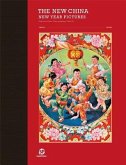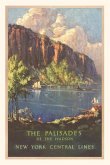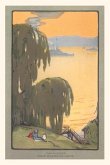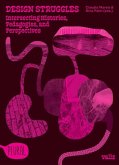Mankind has always developed symbols that relate to location, nationality, family, and more. Over the centuries in Europe a set of rules developed around heraldry, primarily through rank and privilege, but especially with monarchies and nobility. What happened when people came to America, and there was no monarchy, and essentially no central authority for municipal symbols? What happened is what this book is about. The Hudson River Valley of New York State has a unique Dutch heritage expressed in many ways, including through the official seals and logos of counties, towns, cities, and villages. These seals are found on the official government letterheads and web sites, on the police and fire vehicles, on the walls of municipal chambers, and even in works of art. As residents, we often get to choose them through our Board of Supervisors or Town Councils. Therefore, in this area of New York, you will find windmills, illustrations of a 17th century ship, and unique Dutch names-Rensselaer, Watervliet, Stuyvesant, Yonkers, Kinderhook, etc. 400 years after Henry Hudson and 345 years after the Dutch formally relinquished claim to New York, the Dutch influence is both subtle and pervasive. This influence is a part of our daily lives. In 2009 sigillographer Marvin Bubie first collected the images of these Dutch-influenced seals and related the history behind their design. This second edition is revised and expanded and includes 77 illustrations.








